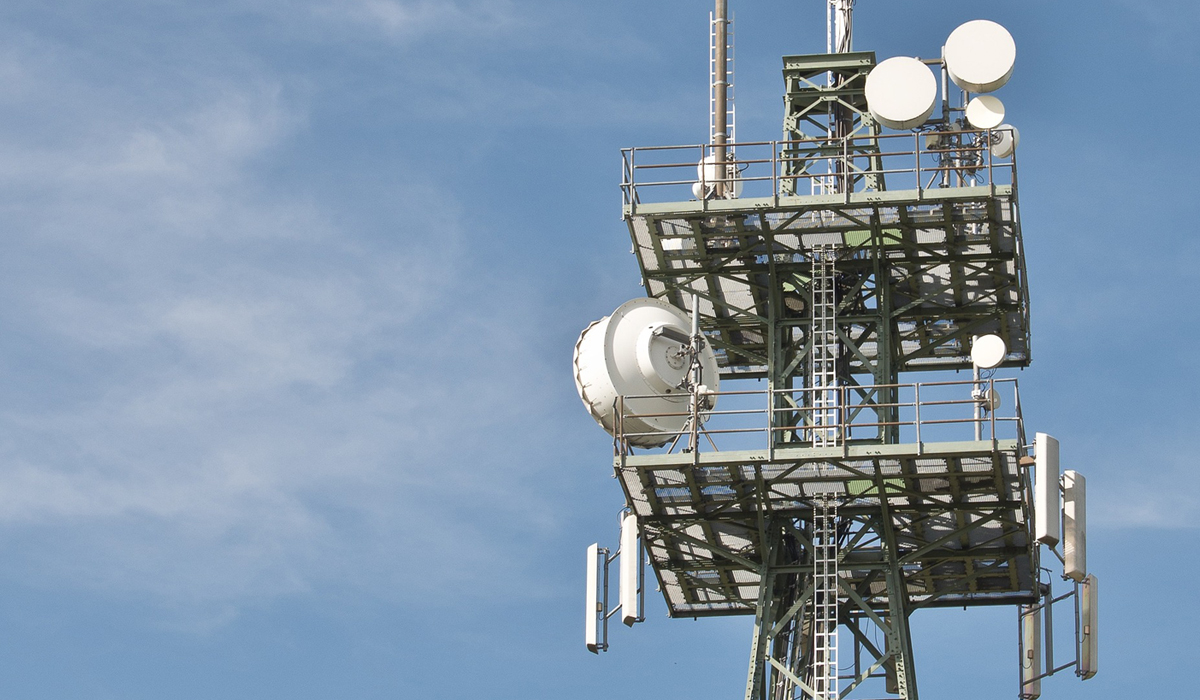The project focuses on the implementation of means of transport for television signal distribution and coding services in innovative formats for broadcasting ultra-high definition (UHD) content. Through these services, content distribution networks are offered to audiovisual sector that allow the integration of integral solutions, from the delivery of the signal to the broadcast in broadcasting centres. The objective of this is to transport data from one coding device to another, using the Unicast and Multicast configurations, which work with Multiprotocol Label Switching (MPLS), through satellite and/or terrestrial network transport. The MPLS is a mechanism that connects large equipment that telecommunication companies need to emit their signals, and is responsible for transporting standardized data that operates between the data link layer (responsible for the reliable transfer of information through a circuit data transmission), and the network layer (responsible for providing connectivity and route selection between two host systems located in the same or different geographic networks), of the Open System Interconnection (OSI) model for the network protocols. It unifies the data transport circuit for networks based on circuits or packets, which can also be used for voice traffic and IP data packets. It is a mechanism that provides greater performance and reliability, and within its considerations, reduces transport costs, since it has a high capacity to transport high-speed data and digital voice in a single connection.
With respect to the Unicast and Multicast configurations, the first refers to the sending of data information from a single sender to a single receiver, while in the case of Multicast, it sends data information to multiple destinations simultaneously. Because of its importance, routing and switching are tools used in this project; they allow the connectivity and communication of the equipment used to transport the television signal. While the Router is used to connect multiple networks and acts as a distributor, selecting the best route of displacement of the television signal, the Switch is used to connect several devices within the same network, acting as a controller that allows the same devices to share information and communicate with each other.
Buscar
Categorías
Categories
Archivos
Archives
Categories
Archives
Contact us
The information contained in this document is informative in nature about the activities of the company. It contains general aspects and does not express any desire to provide specific third party data. We cannot guarantee that the data provided will be up to date in the near future. In this sense, if there is a willingness to use them, it is recommended to take the content as a reference and carry out its timely verification. For these purposes, we are at your disposal.
Share this article with your contacts!
© Copyright 2023 – Ad Maiorem Consulting. All rights reserved. Ad Maiorem Consulting is a brand that refers to one or more member companies at a global level, each of which is a legal and independent entity in the country in which it is located, without constituting an international company. Ad Maiorem Consulting offers consulting services in technology, engineering and innovation to its clients.
European Regional Development Fund
A way to make Europe






